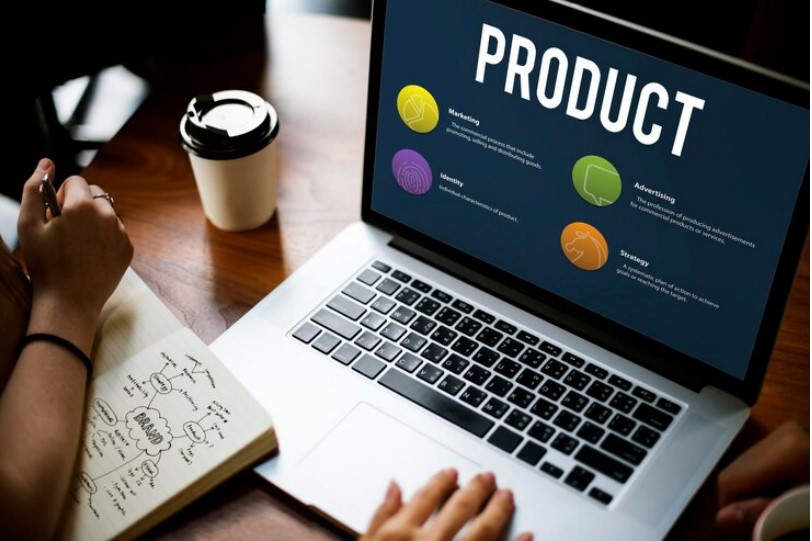Education has transformed significantly in recent years, and technology has played a pivotal role in this shift. One of the most powerful tools revolutionizing the modern classroom is the interactive flat panel. These high-tech displays are replacing traditional chalkboards and whiteboards, providing teachers with a dynamic, engaging, and highly effective way to teach. But having an interactive flat panel in the classroom is just the beginning—knowing how to use it to maximize learning is where the real magic happens.
If you’re a teacher looking to leverage the full potential of interactive flat panels, this guide will provide practical strategies to create more engaging and productive learning experiences for your students.
1. Foster Interactive Learning
The key benefit of an interactive flat panel is right in its name—interactivity. Instead of one-way lectures, teachers can make lessons more engaging by encouraging student participation.
- Touch-enabled activities: Let students interact directly with the screen by solving math problems, dragging and dropping elements, or playing educational games.
- Live annotations: Teachers can write directly on the screen, highlight key points, and erase as needed, creating an evolving and engaging learning environment.
- Student-driven lessons: Let students take turns using the panel to present ideas or demonstrate problem-solving techniques.
When students engage with the material, they retain information better and become active participants in their education.
2. Utilize Multimedia for a Richer Experience
Textbooks and lectures alone can sometimes struggle to hold students’ attention. With an interactive flat panel, educators can integrate multimedia elements to make learning more dynamic.
- Videos & Animations: Use short educational videos or animations to illustrate complex concepts more clearly.
- 3D Simulations: Some interactive flat panels allow teachers to display 3D models for subjects like biology, chemistry, and physics.
- Virtual Field Trips: Connect students to different parts of the world with virtual tours, from exploring historical landmarks to deep-sea diving.
Multimedia integration makes learning more exciting and caters to different learning styles, whether visual, auditory, or kinesthetic.
3. Encourage Collaboration Among Students
Collaboration is an essential skill for the future, and interactive flat panels help foster teamwork in the classroom.
- Multi-touch functionality: Many interactive flat panels allow multiple users to interact with the screen simultaneously, making group activities more effective.
- Cloud-based collaboration: Teachers can connect the panel to cloud-based tools like Google Drive, Microsoft OneDrive, or Dropbox, enabling students to work on shared documents in real time.
- Split-screen capabilities: Some panels allow for a split-screen mode where two different applications can run at the same time, allowing students to compare data, analyze sources, or work on different parts of the same project.
These collaboration features make learning more engaging and help students develop teamwork skills that will serve them well in the future.
4. Simplify Lesson Planning and Delivery
An interactive flat panel is not just a tool for students—it also streamlines lesson planning and enhances teaching efficiency.
- Preload lesson materials: Teachers can prepare interactive slideshows, worksheets, and quizzes ahead of time and save them directly on the panel.
- Instant access to online resources: With internet connectivity, teachers can pull up articles, research papers, or digital textbooks in real time.
- Integrated teaching software: Many interactive flat panels come with built-in educational software that offers customizable templates, quizzes, and subject-specific applications.
By using these tools, teachers can spend less time setting up lessons and more time engaging with students.
5. Personalize Learning for Different Student Needs
Every student learns at a different pace, and interactive flat panels allow teachers to tailor instruction to meet diverse needs.
- Adaptive learning apps: Use software that adjusts to a student’s learning level, providing additional challenges or extra support as needed.
- Recording lessons for review: Record entire lessons and make them available to students who need to revisit the material.
- Real-time feedback: Use digital quizzes and polls to gauge student understanding and adjust instruction accordingly.
By personalizing lessons, teachers can ensure that each student receives the support they need to succeed.
6. Make Remote and Hybrid Learning More Effective
With the rise of remote and hybrid learning, an interactive flat panel becomes an indispensable tool for seamless instruction beyond the physical classroom.
- Live streaming capabilities: Teachers can use the panel to conduct live virtual classes, ensuring that remote students receive the same level of instruction as those in the classroom.
- Digital whiteboarding: Even in an online setting, teachers can write, draw, and annotate lessons, just as they would on a physical whiteboard.
- Lesson recording: Sessions can be recorded and uploaded for students to watch later, helping them review concepts at their own pace.
These features make it easier to maintain continuity in education, regardless of location.
7. Use Gamification to Boost Engagement
Gamification—the use of game-like elements in learning—can make lessons more fun and engaging. With an interactive flat panel, teachers can:
- Create educational games that reinforce subject matter while keeping students entertained.
- Use leaderboards and challenges to encourage friendly competition and participation.
- Incorporate rewards and badges to recognize achievements and motivate students.
When learning feels like a game, students are more likely to stay engaged and retain information.
8. Reduce Classroom Disruptions and Improve Classroom Management
An interactive flat panel can also help teachers manage their classrooms more effectively.
- Structured lesson flow: Interactive lesson plans help keep students on track and minimize distractions.
- Instant access to timers and scheduling tools: Use countdown timers to manage classroom activities and transitions more smoothly.
- Quiet engagement: Digital tools reduce the need for physical handouts and noisy classroom materials, keeping students focused on the lesson.
A well-structured classroom experience leads to better student behavior and improved learning outcomes.
Final Thoughts: The Future of Teaching with Interactive Flat Panels
The modern classroom is evolving, and the interactive flat panel is at the forefront of this transformation. When used effectively, it becomes more than just a high-tech display—it becomes a dynamic teaching assistant, a collaboration hub, and a gateway to limitless learning opportunities.
By incorporating interactivity, multimedia, collaboration, and personalized learning strategies, teachers can create more engaging, efficient, and effective lessons. As education continues to embrace digital tools, mastering the use of interactive flat panels will be an essential skill for educators looking to inspire and empower their students.
Are you ready to take your teaching to the next level with an interactive flat panel? The future of education is here, and the possibilities are endless!





